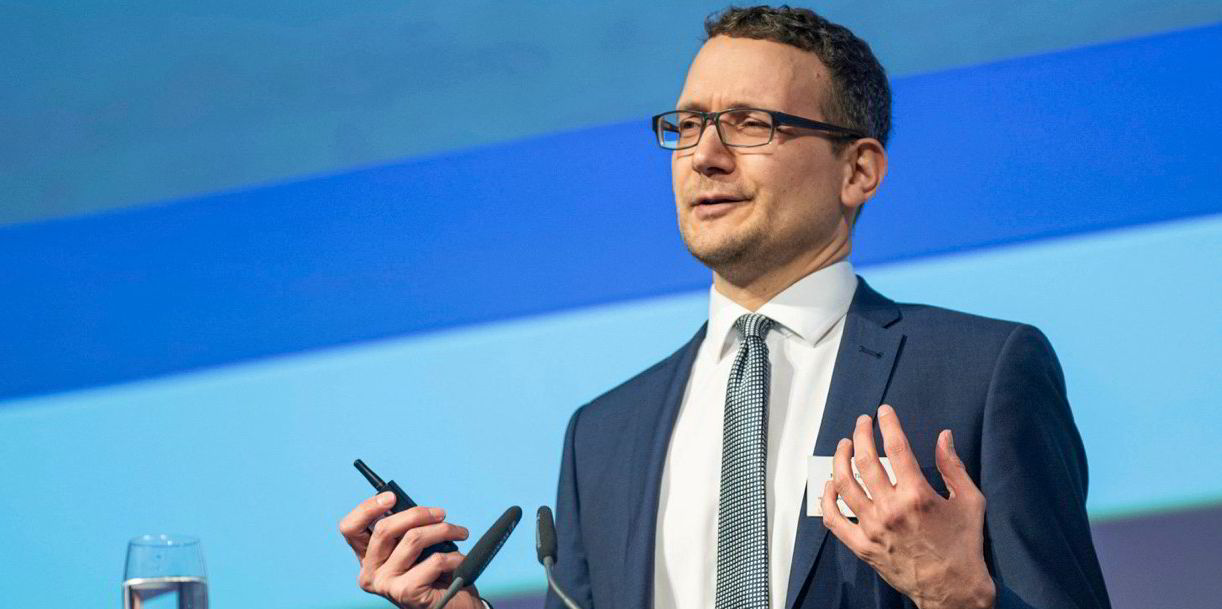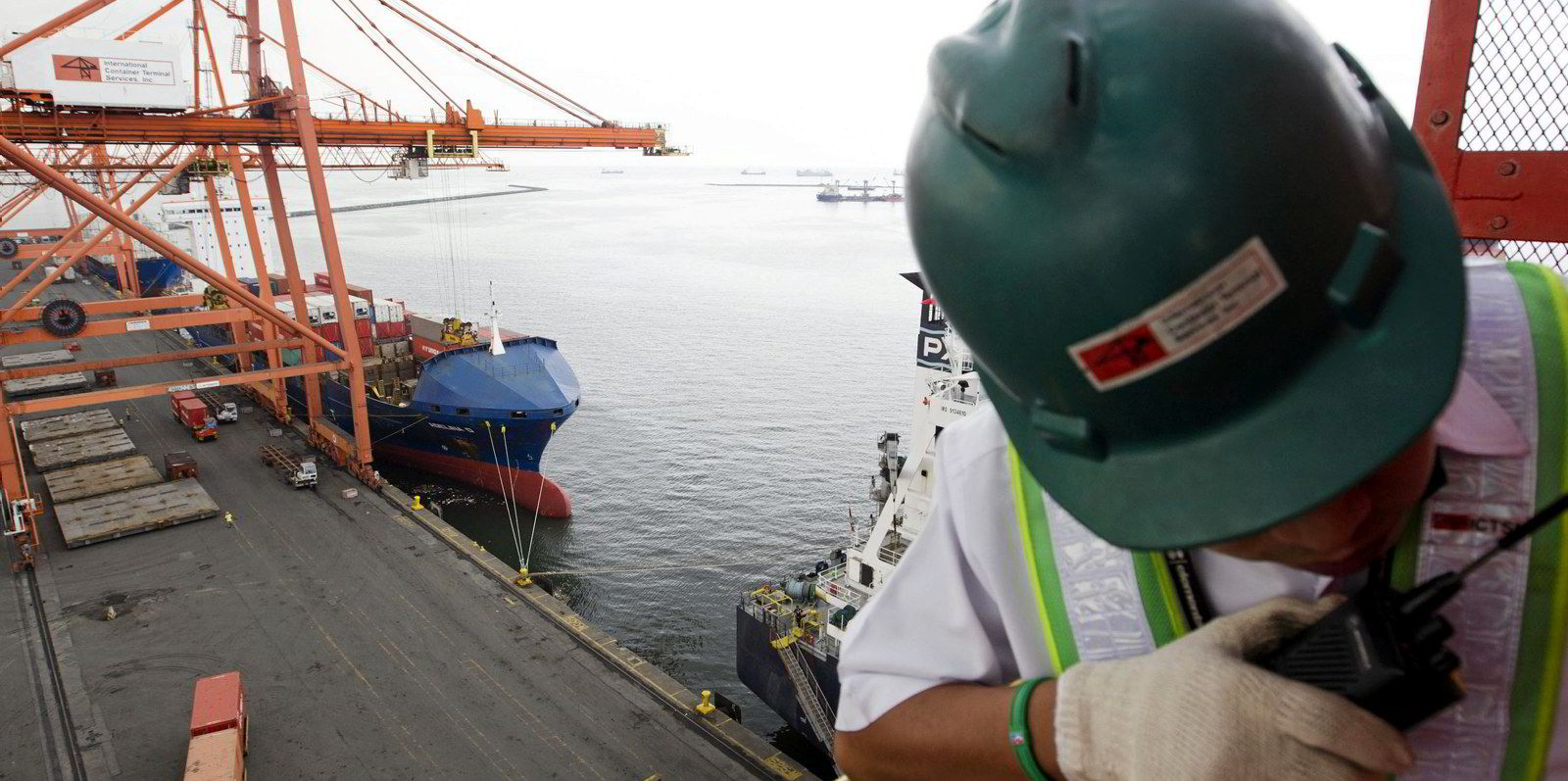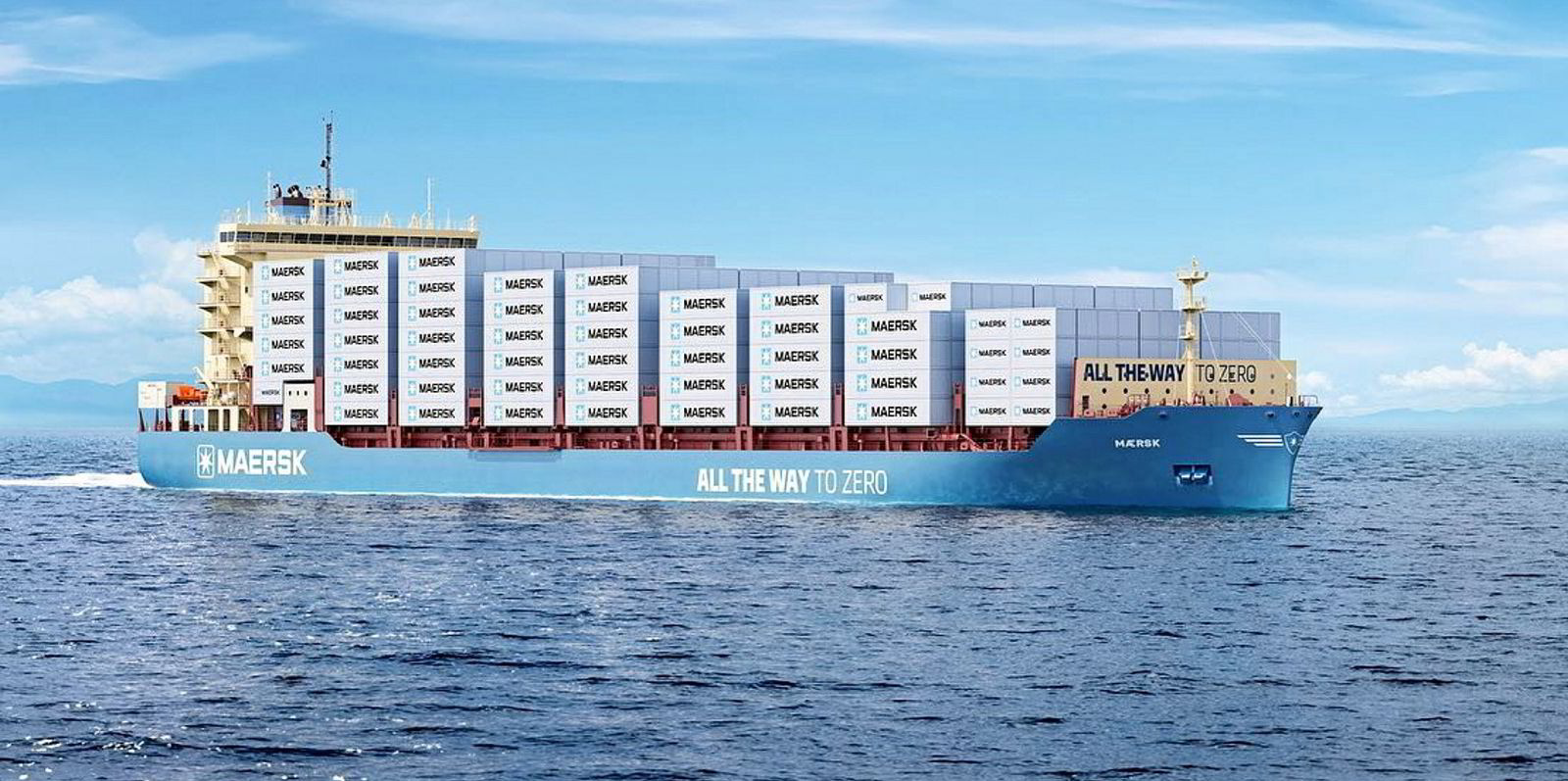The pending boxship newbuilding delivery wave will change the face of container shipping.
It will make the sector bigger, greener and more consolidated than ever, analysts believe.
But the jury is still undecided on the extent of the damage that may do to freight markets.
Record numbers of newbuilding orders are expected to lift the boxship fleet to around 30m teu by the end of 2025, according to Clarksons Research.
That is more than 30% higher than early 2020 and around 15% more than current levels.
“No wonder ‘choppy’ market conditions are expected,” the shipbroker noted in its monthly container commentary.
The huge wave of newbuildings will result in 2m teu delivered into the fleet in 2023, 2.5m teu next year and around 1.9m teu in 2025.
But “once the ‘flood water’ recedes, the boxship landscape will likely look rather different”, the shipbroker added.
For one thing, the market will be more consolidated than ever.
Notably, today’s four largest liner operators — MSC Mediterranean Shipping Company, AP Moller-Maersk, CMA CGM and Cosco Shipping — are set to operate at least 51% of the orderbook.
MSC is already on its way to 6m teu of deployed capacity, with around 6.5m teu including its orderbook.
Currently, the top 10 lines directly own 56% of orderbook capacity, rising to at least 79% including chartered tonnage.
The growth is heavily weighted towards the larger ship sizes.
The 17,000-teu-plus sector is projected to be 80% larger in teu capacity in 2025 than at the beginning of 2020.
That will result in an increase in size for the average boxship to 5,200 teu by the end of 2025, up from 4,450 teu currently, according to Clarksons.
The delivery wave means many greener ships will join the fleet, with more than half the fleet capacity defined as “eco modern” by the end of 2025.
Some 10% of the capacity is projected to be alternative fuel-capable by the end of 2025, up from 3% at present.
Scrapping dilemma
Projections of an uptick in demolition are unlikely to significantly counteract the deluge of vessels: Clarksons puts fleet growth at a whacking 7% this year, with strong growth rates of 6% and 4% projected for 2024 and 2025.
That is likely to put heavy downside pressure on freight rates.
Some observers expect that to be offset by carrier efforts to reduce capacity by slow steaming and lay-ups or, alternatively, by a self-destructive scramble for market share.
However, Jan Tiedemann, head analyst at Alphaliner, believes a different picture might play out in the coming year.
He told the Freight Buyers’ Club podcast that “for the first time in history” the latest additions are replacement vessels rather than designed to boost global capacity and increase the penetration of containerisation.

He argued that for the first time many new deliveries are primarily replacements for older, less safe, less clean and less-efficient ships, rather than to enable the expansion of containerisation.
And he predicts rising scrapping in the coming years, including of ships as young as 15 years.
Limited options
If lines do not accelerate scrapping, they will soon have few deployment options left open, he told the podcast.
“There’s not much more slow steaming you can implement, because you’re already slow steaming. There are no more commodities you can really expand container shipping into, because everything is already containerised, with very, very few exceptions,” he said.
“So, we will see, maybe for the first time on a big scale — on a global scale — in the next five to 10 years, a fleet renewal and vessel replacement scheme, which means that a [lot] of tonnage will have to go to scrap.
“And that could concern ships — depending on how the economy and how the trade fares — which are maybe barely even 15 or 20 years old at some point.”
Some 16% of the current fleet will be more than 20 years old by the end of 2025, up from 10% now, if not already recycled, according to Clarksons.
But demolition is likely to mostly affect the smaller sizes, where there is a comparatively smaller orderbook and the fleet may indeed contract.
The sub-3,000-teu feeder sector is expected to shrink by 8% by the end of 2025, compared with today, said Clarksons.







